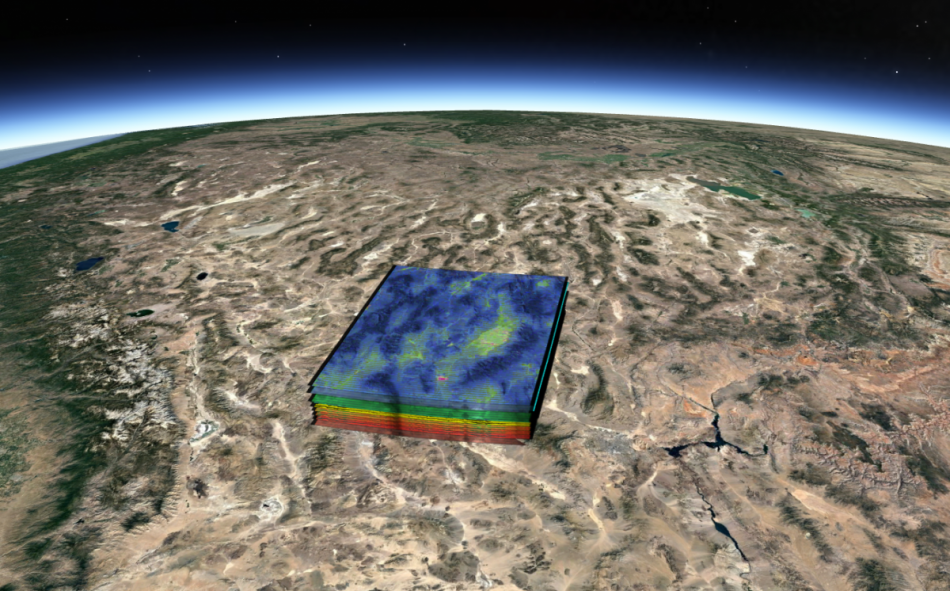HyperScout, first miniaturized hyperspectral imager in space to process data on board
HyperScout 1, the first miniaturized hyperspectral imager for space, successfully demonstrated that it is possible to process acquired satellite data on board. By knowing the position of the satellite and in which direction it points, the instrument knows what it is looking at and can interpret the data, thus eliminating the need to download the data . The HyperScout 1 camera, launched in February on board the GOMX-4B satellite, produced the so-called Analysis Ready Data (ARD) hereby successfully demonstrating the onboard data processing workflow for the first time.
When flying a satellite that takes images of the Earth, it seems logical to download the data and process it on Earth. However, there is a strong trend towards smaller satellites and instruments but without reducing the imaging capabilities. The disadvantage of using these CubeSat systems is its limitation in data processing and downlink capacity. Fortunately, it is also not necessary anymore. The HyperScout 1 instrument, one of which was launched on the GOMX-4B satellite in February, now successfully demonstrated that it is possible to process data on board reducing the downlink capacity.
"With this achievement we make a new way of operating satellites possible, with the potential to change the way we process all data in space."
Alessandro Zuccaro Marchi, optical engineer and technical officer - European Space Agency
"We specifically developed the hardware and software for HyperScout to make this possible", explains Marco Esposito, manager of the remote sensing unit of cosine, the company that developed HyperScout.
Bavo Delauré, project manager of Belgian research institute VITO, adds: "The algorithms are derived from our developments for the PROBA-V mission. PROBA-V data is however processed on the ground in a large data center so the algorithms were tailored for implementation onboard the cubesat-instrument". S&T Norway turned the algorithm into on-board software which was uploaded to the satellite after launch. The HyperScout instrument took about one minute to process the images into Analysis Ready Data in orbit. Downloading the raw data would have taken several weeks from a nanosatellite. Even for larger and more expensive platforms, the data downlink can take several hours. Marco Esposito of cosine points out: "The on-board processing workflow used by HyperScout enables a paradigm shift in the use of a space asset, by serving application specific customers with real-time information without the need to downlink raw data".
HyperScout processes the data on board by correcting for the curvature of the Earth and the angle under which it is observed, so-called orthorectification, and determines which position on the ground corresponds to the pixels in the camera, called georeferencing. It also corrects for the sensitivity of the instrument in the different wavelengths it observes. With this information available, it is possible to analyze the images on board. This new data processing workflow offers our customers to upload new algorithms on board any time and make analysis when needed, for example to detect fires, flooding or irrigation needs.
Railroad Valley in California (USA). The false-color overlay shows the Analysis Ready Data that HyperScout produced on board, ready to be interpreted (credits: cosine, S&T)
The first HyperScout 1 instrument was launched into space on 2 February 2018, on board the nanosatellite GOMX-4B of the European Space Agency (ESA). HyperScout was developed by an international consortium led by cosine with partners S&T, TU Delft, VDL and VITO. The development and launch of the first HyperScout was funded through the ESA GSTP program with contributions from the Dutch, Belgian and Norwegian national space organizations (Netherlands Space Office, BELSPO and Norsk Romsenter).
More information about HyperScout can be found on hyperscout.nl.

